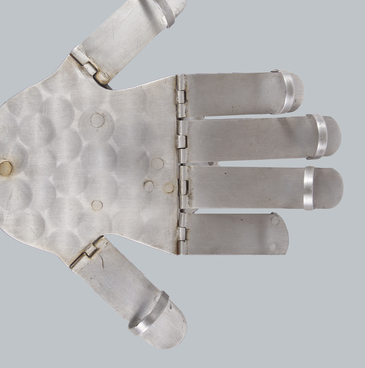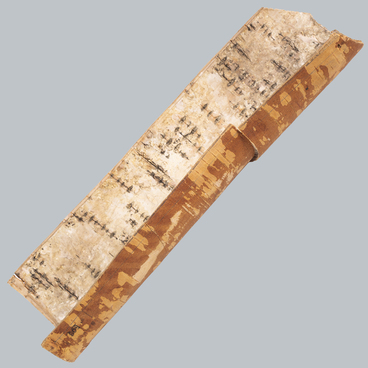The worst crime against humanity was committed by Nazi Germany and its allies during World War II. As the Nazis conquered territories, they organized death camps which served as a tool in their racial war.
One of the best-known concentration camps was Auschwitz. In Soviet and Russian historiography, it is commonly referred to using its Polish name Oświęcim, while in Europe it is better known as Auschwitz or Auschwitz-Birkenau.
Signs similar to the one from the museum collection were often displayed in Nazi concentration camps. Some of them served to mislead newcomers, inspection committees, and journalists. Others were used as a psychological weapon to intimidate the prisoners.
A glass sign with the inscription “Zu sterben sei immer bereit” (“Always be ready to die”) was a constant reminder to the tortured prisoners: one false move and they could be dead. Nazi slogans affected the psychological condition of prisoners.
The gates of many concentration camps were fitted with a sign that read “Arbeit macht frei” (“Work sets you free”). On the one hand, it seemed like a cynical joke of the camp authorities, and on the other hand, it misled the prisoners.
In his book “The Kingdom of Auschwitz”, the American writer and journalist Otto Alva Friedrich wrote about the camp’s commandant Rudolf Höss, “He seems not to have intended it as a mockery, nor even to have intended it literally, as a false promise that those who worked to exhaustion would eventually be released, but rather as a kind of mystical declaration that self-sacrifice in the form of endless labor does in itself bring a kind of spiritual freedom.”
This sign from the collection of the Military Medical Museum was located indoors and was most likely used specifically for the moral and psychological oppression of the prisoners. Judging by the way it was produced, it could have been made from improvised materials in Auschwitz at the request of the camp authorities.
One of the best-known concentration camps was Auschwitz. In Soviet and Russian historiography, it is commonly referred to using its Polish name Oświęcim, while in Europe it is better known as Auschwitz or Auschwitz-Birkenau.
Signs similar to the one from the museum collection were often displayed in Nazi concentration camps. Some of them served to mislead newcomers, inspection committees, and journalists. Others were used as a psychological weapon to intimidate the prisoners.
A glass sign with the inscription “Zu sterben sei immer bereit” (“Always be ready to die”) was a constant reminder to the tortured prisoners: one false move and they could be dead. Nazi slogans affected the psychological condition of prisoners.
The gates of many concentration camps were fitted with a sign that read “Arbeit macht frei” (“Work sets you free”). On the one hand, it seemed like a cynical joke of the camp authorities, and on the other hand, it misled the prisoners.
In his book “The Kingdom of Auschwitz”, the American writer and journalist Otto Alva Friedrich wrote about the camp’s commandant Rudolf Höss, “He seems not to have intended it as a mockery, nor even to have intended it literally, as a false promise that those who worked to exhaustion would eventually be released, but rather as a kind of mystical declaration that self-sacrifice in the form of endless labor does in itself bring a kind of spiritual freedom.”
This sign from the collection of the Military Medical Museum was located indoors and was most likely used specifically for the moral and psychological oppression of the prisoners. Judging by the way it was produced, it could have been made from improvised materials in Auschwitz at the request of the camp authorities.


